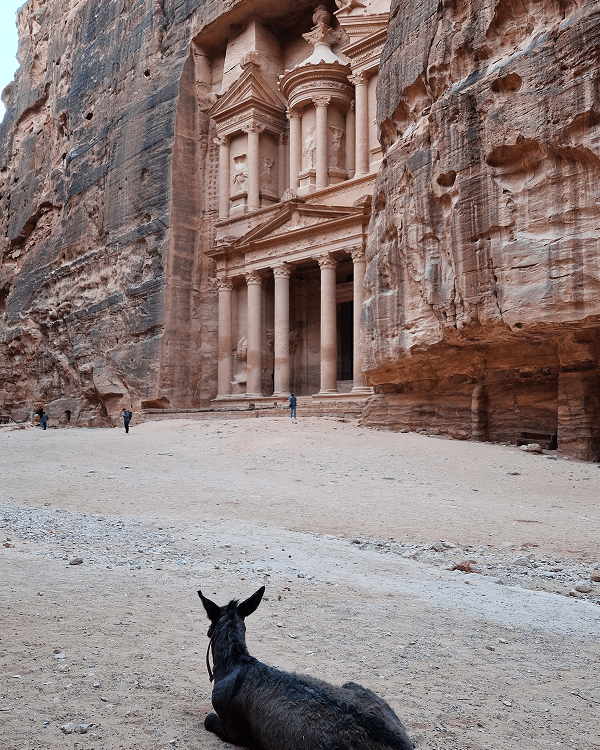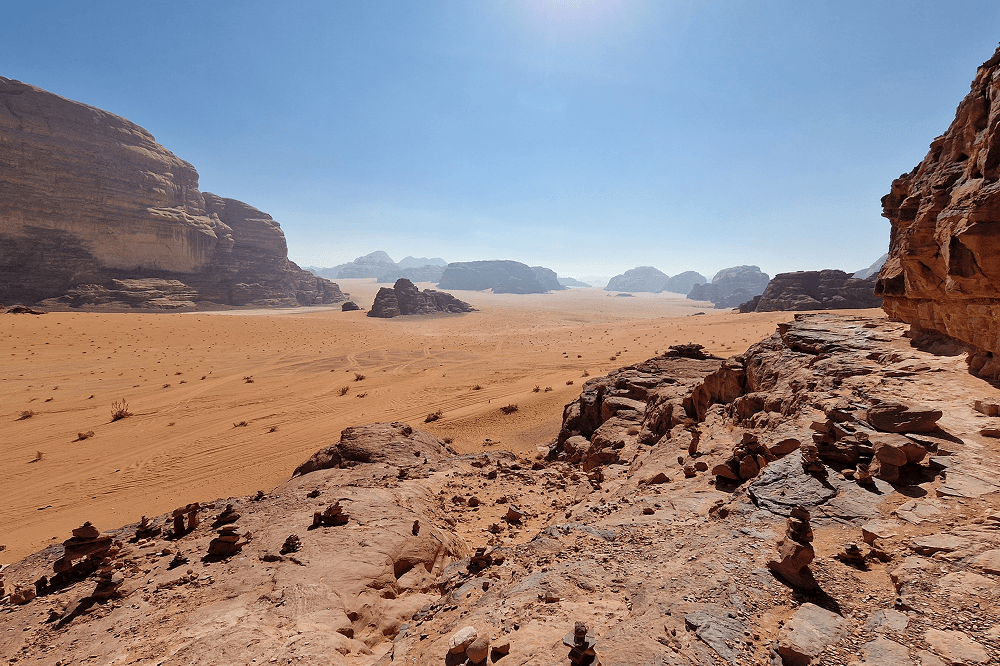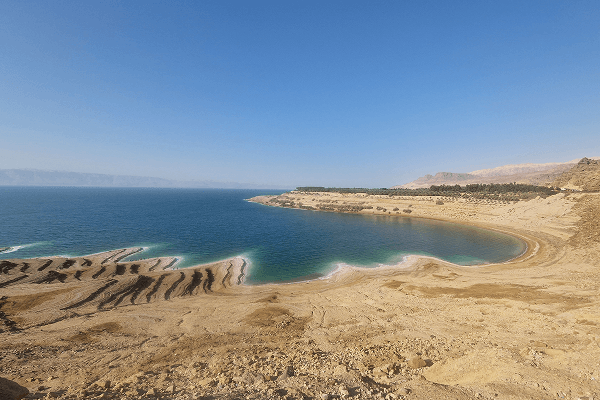Welcome to Jordan
(First published in Issue 8, March 2023, alongside the article Wadi Rum in our Nissan Patrol 4x4) The Hashemite Kingdom of Jordan is a state in the Middle East and one of the most touristic countries in the region. In 2019, around 5.4 million tourists visited Jordan, which itself has a population of just over 10 million. The pandemic caused the numbers to plummet, but they are now recovering and are almost back to pre-crisis levels. Jordan has much to offer. Archeological sites are among the country’s biggest attractions, and spectacular natural monuments also make a visit memorable. Most visitors arrive in the capital Amman by plane, which is located in the northern part of the country. With over 4 million inhabitants, this huge city seems to stretch endlessly in all directions. It is characterized by winding alleys and steep streets that connect the 19 hills on which Amman is perched. Traditional architecture and modern buildings constantly alternate. Among the most famous sights are an ancient Roman amphitheater and the Amman Citadel. The latter is located on a hill in the city center and offers a spectacular panoramic view of the neighboring districts. The bright blue dome of the King Abdullah Mosque is also visible from the hill. It was built in the 1980s and has since become a city landmark. Under its dome it houses a large prayer room, which is also open to tourists.
Strolling through the streets is an ideal way to soak up the special character of Amman. The city is noisy and hectic and offers exciting new impressions wherever you look. Although Jordan’s main tourist attractions are far from the city, a visit to the buzzing capital is definitely worth the while. The world-famous ruined city of Petra is located about three hours south of Amman. With its countless burial temples carved into the desert rock, it is considered a unique archeological site. To get to the rock city, you have to walk through a 1.5 kilometer (0.9 mile) long canyon, which served as a well-hidden entrance to the city in ancient times. In parts, the over 70 meter (230 foot) deep Siq is so narrow that you can no longer see the sky above. At the end of the ravine, the most famous building, the Treasury, is a spectacular sight. The huge monument is carved directly into the red sandstone and is a very popular photo motif.
Only a little further, the rock walls open up and you find yourself in a vast valley covered with the ruins of the city. The area is so large that a single day is not enough to visit everything. A paved road, once built by the Romans, leads to the center of the city, where the well-preserved main temple is located. Here you can also stop for refreshments at two restaurants before starting the walk to the monastery, which is located just outside of town and high up on a mountain. The climb is strenuous and takes about an hour. Once you reach the top, you will be rewarded with a breathtaking view over the desert and another well-preserved tomb. To visit Petra in detail, it is advisable to stay in a hotel in the nearby village of Wadi Musa. The visitor center and the entrance to the Siq are also located in Wadi Musa. In addition to archeological sites, Jordan also has impressive natural monuments. One of them is Wadi Rum, the largest wadi in the country. A wadi is a dry riverbed or valley that only contains water during times of heavy rain or flash floods. From the village of Wadi Rum, you can take day trips into the desert with local guides. You will visit huge rock formations, beautiful viewpoints, sand dunes, and much more by offroad vehicle. Due to its unique landscape, Wadi Rum has served as a backdrop for numerous films. The movie The Martian was shot there because the wadi with its reddish sand and rock landscapes strongly resembles the conditions on planet Mars. The area is also a popular destination in the evenings. Due to its remoteness and the resulting complete darkness, you can enjoy the sunset undisturbed and watch the stars in the night sky. To visit Wadi Rum, you have the option to either stay on site in a desert camp or travel by car from Aqaba, an hour away.
From Aqaba, a well-maintained road also leads north along the Israeli border directly to another natural jewel, the Dead Sea. The Dead Sea is actually a lake with a length of almost 90 kilometers (56 miles). At its widest point it is only 17 kilometers (10.5 miles) wide, which is why the opposite shore is always visible. The high amount of salt in the water makes the Dead Sea so special. With about 33 percent, the Dead Sea contains about ten times more salt than the Atlantic Ocean. Due to the high salt concentration, the buoyancy is so great that you can simply sit down in the water without sinking. At about 430 meters (1,411 feet) below sea level, the Dead Sea is the lowest lake on earth. At the same time, the deepest point in the world not covered by water or ice is also located on the shore of the lake. As a result, the Dead Sea has a higher atmospheric pressure, to which health-promoting properties are attributed. At the northern end of the Dead Sea there are numerous hotels and a well-developed tourist infrastructure. The official bathing places for tourists are located here too, but they can become very crowded due to the urban environment. For a more relaxed bathing experience it is advisable to look for a quiet spot along the road coming from Aqaba.
The Kingdom of Jordan has much more to offer and is an ideal destination to combine nature and culture. Getting around the country can be rather difficult, as there is basically no public transportation. Coaches do drive to the main tourist destinations, but they limit your ability to explore beyond that. Renting a car or entering the country with your own vehicle is the more enjoyable option. Before traveling, purchasing the Jordan Pass is strongly advised. It consists of your tourist visa as well as pre-paid entry to over 40 attractions, including Petra.






Comments
Such an amazing place!